Update to the update to the Brita story
Well, folks, we got more!
If you read my last post (Update to the Brita Story) you’ll recall that I had reached out to Terracycle about their Brita recycling program. If you recall from that story, I wanted to know: what happens to the filters once a customer has dutifully placed them in the Terracycle box?
The answer I received to my initial inquiry was OK but not enough (in my opinion). So, I asked a few more questions, namely:
- What are the Brita pellets used for? (Terracycle referenced that they are used to produce “new products”)
- What is the carbon filter recycling process and how are the filters used in polymers?

I’m happy to report that after some time (my contact was on summer holidays), they responded to this request, too!
“To elaborate, new products including outdoor furniture, plastic shipping pallets, outdoor decking, watering cans, storage containers, bins, tubes for construction applications, etc.
The carbon filters can be recycled by thermal reactivation, which involves processing the spent carbon through a high-temperature reactivation furnace at or above 850°C. This process allows for them to be re-used in our process. During this process, the activated carbon is recycled into a high-quality reusable product and the adsorbed organic substances are destroyed thermally and by means of chemical scrubbing. Unfortunately, we aren’t able to give too much further detail without violating some of the terms of the NDAs that we have in place with our corporate sponsors and processing partners.”
Stephanie Chamberlain, North American Customer Relationship Director, TerraCycle
I confess I don’t fully understand the thermal reactivation process that the carbon filter component of Brita filters undergoes (any chemists in the audience?) but hey, it’s nice that she could share some technical details. (Plus, I love the word ‘adsorb’: it’s different from ‘absorb’!)
To be honest, Terracycle’s customer service impressed me. Not only did they take the time to respond in a timely manner but, as you can see, but they also sent through a fairly detailed response.
And, true, it still is a bit vague – they obviously have to tread lightly around their NDAs and proprietary recycling processes, etc. That begs a whole other set of questions, like why is this all proprietary and what’s the scope of the NDA?
But, anyway: what do you think? Do you like their response? What other questions would you ask?

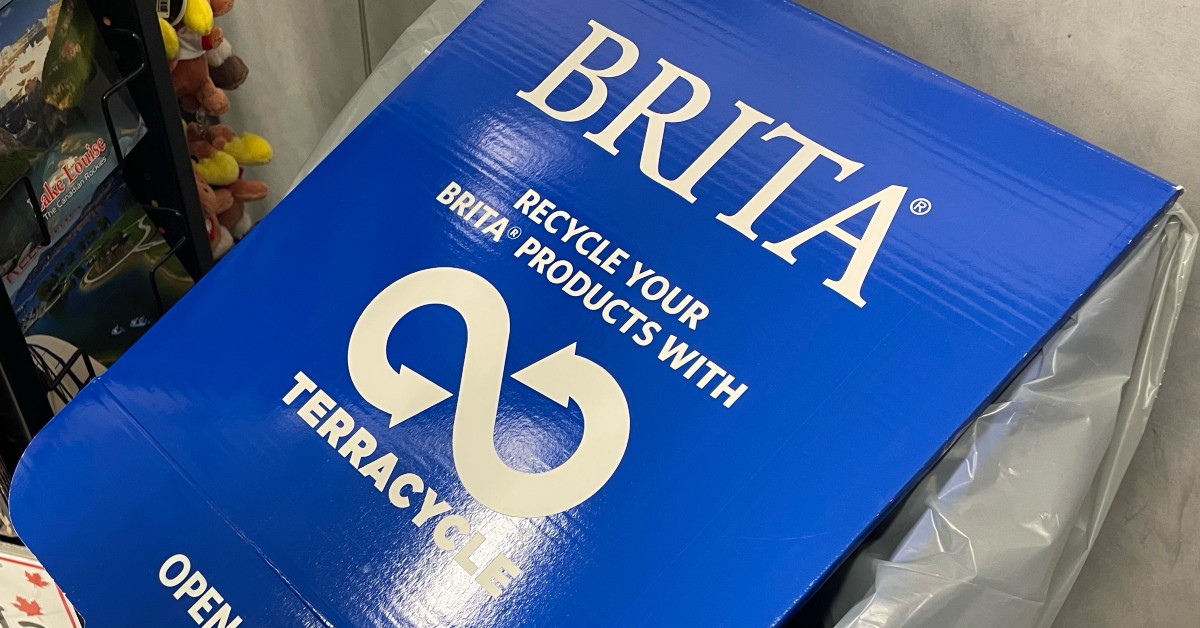
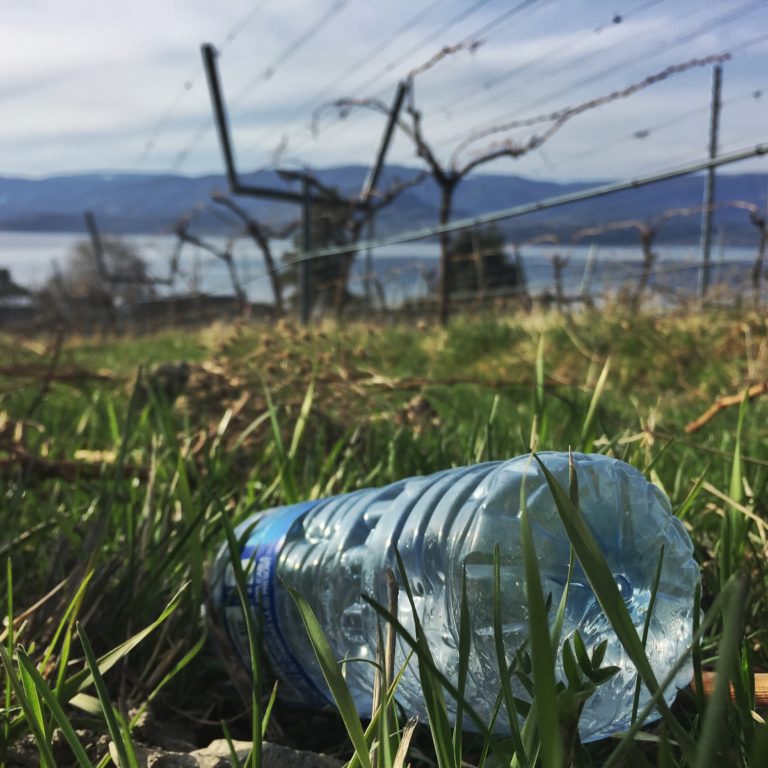
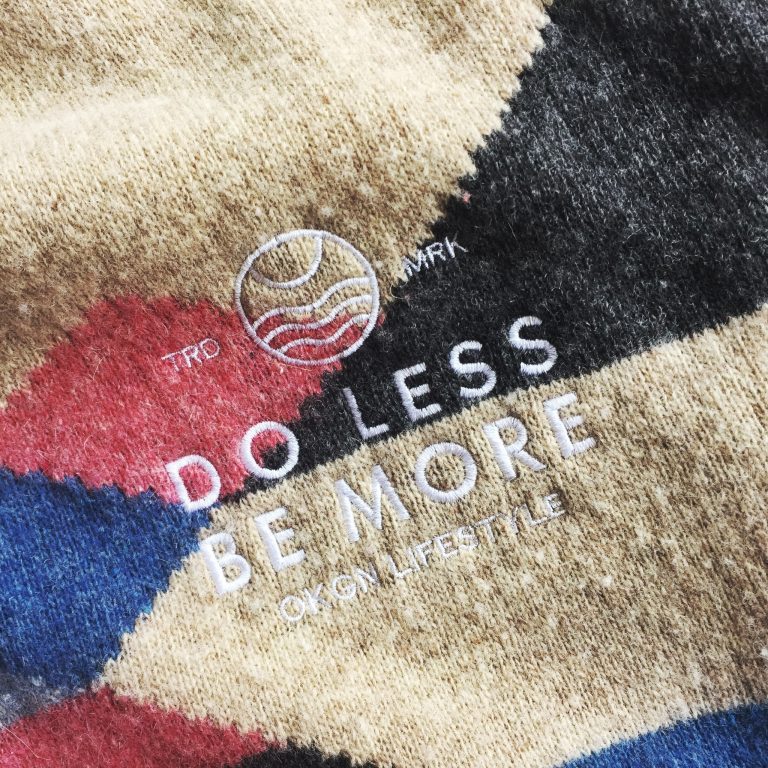

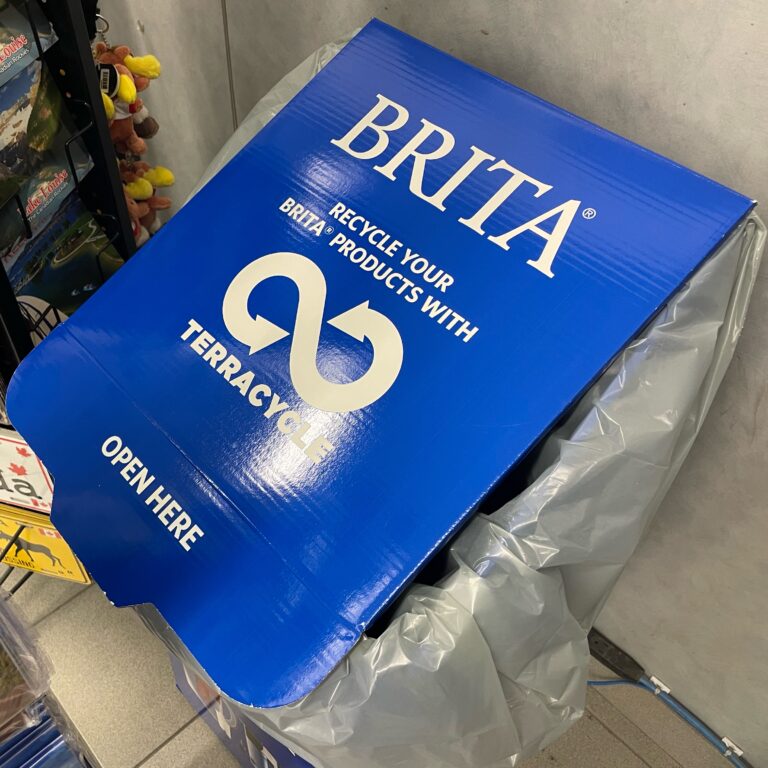

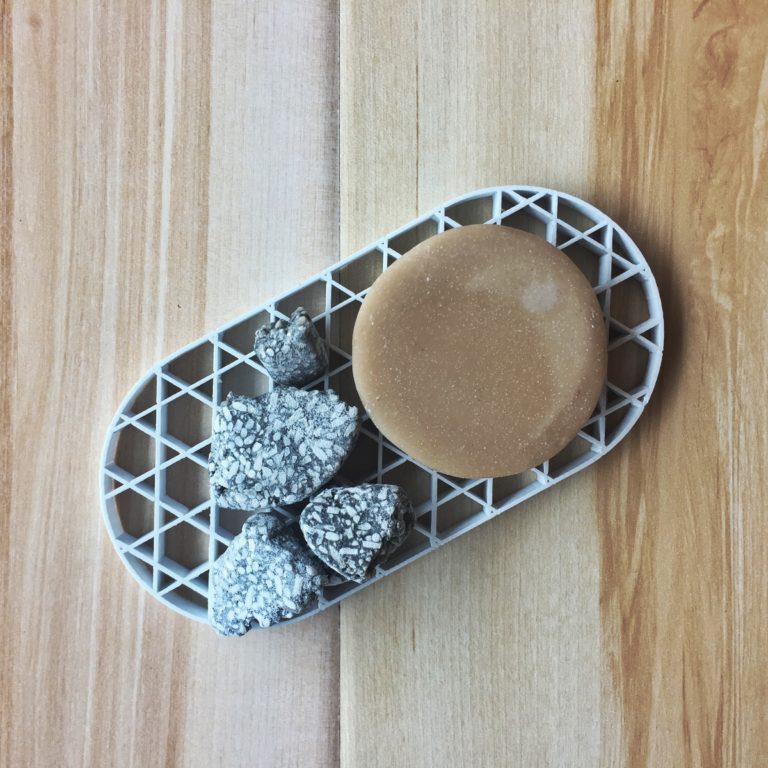
Thanks Ryan! When I looked up “adsorb” I had to admit that I wasn’t much clearer in the process. Lol
Hi Billy! 😀 This made me laugh because I also scratch my head at this kind of stuff (and I also find it totally nerdy!). I found a different source that explained it like this (not sure it’s any better of an explanation but anyway):